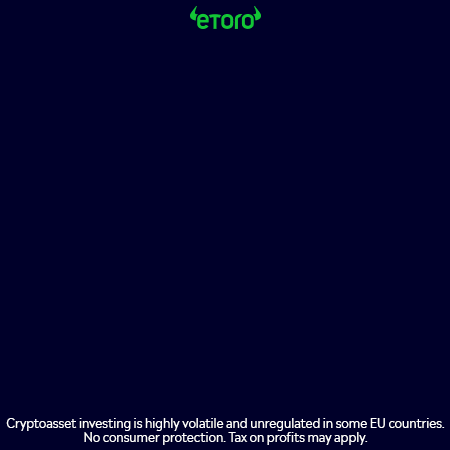The study revealed that banks held a lot of volatile cryptocurrency and were not exposed to stablecoins. A recently released study , published by The Basel Committee on Banking Supervision (a supranational organization responsible for setting standards on bank capital liquidity and funding), found that 19 of the 182 global banks that were supervised by it reported having digital assets.
Their total exposure to crypto is EUR9.4 billion (or $9.38 billion).
This represents 0.14 percent of the total risk-weighted assets of all 19 crypto-owning banks that were surveyed. When analyzed in total, cryptocurrencies make up only 0.1% of the total risk weighted assets of the 182 banks that are under the supervision of the Basel Committee.
While two banks accounted for more than half the combined crypto-asset exposures of all 182 banks under the supervision of the Basel Committee, four other banks accounted for approximately 40%. Of the 19 crypto data submitted by banks, 10 were from the Americas, seven from Europe, and two from the rest.
The most common reported digital exposures were Bitcoin, Ether, and Ether-related derivatives. Notable mentions included Polkadot and XRP. Also, Solana, Litecoin, Litecoin, and Stellar. 50.2% of digital assets owned by banks were used for insurance performance, custody, wallet, or security. 45.7% of digital assets were used for clearing and market-making. The remaining 4.2% was allocated to borrow and lend.
According to the Basel Committee, the findings must be “interpreted with a certain degree of caution” because it is difficult to determine if some banks have over-reported their exposure to crypto assets. The Basel Committee recommended previously that banks limit their exposure to volatile cryptocurrencies to 1% of their Tier 1 capital with a 1,250% premium.










